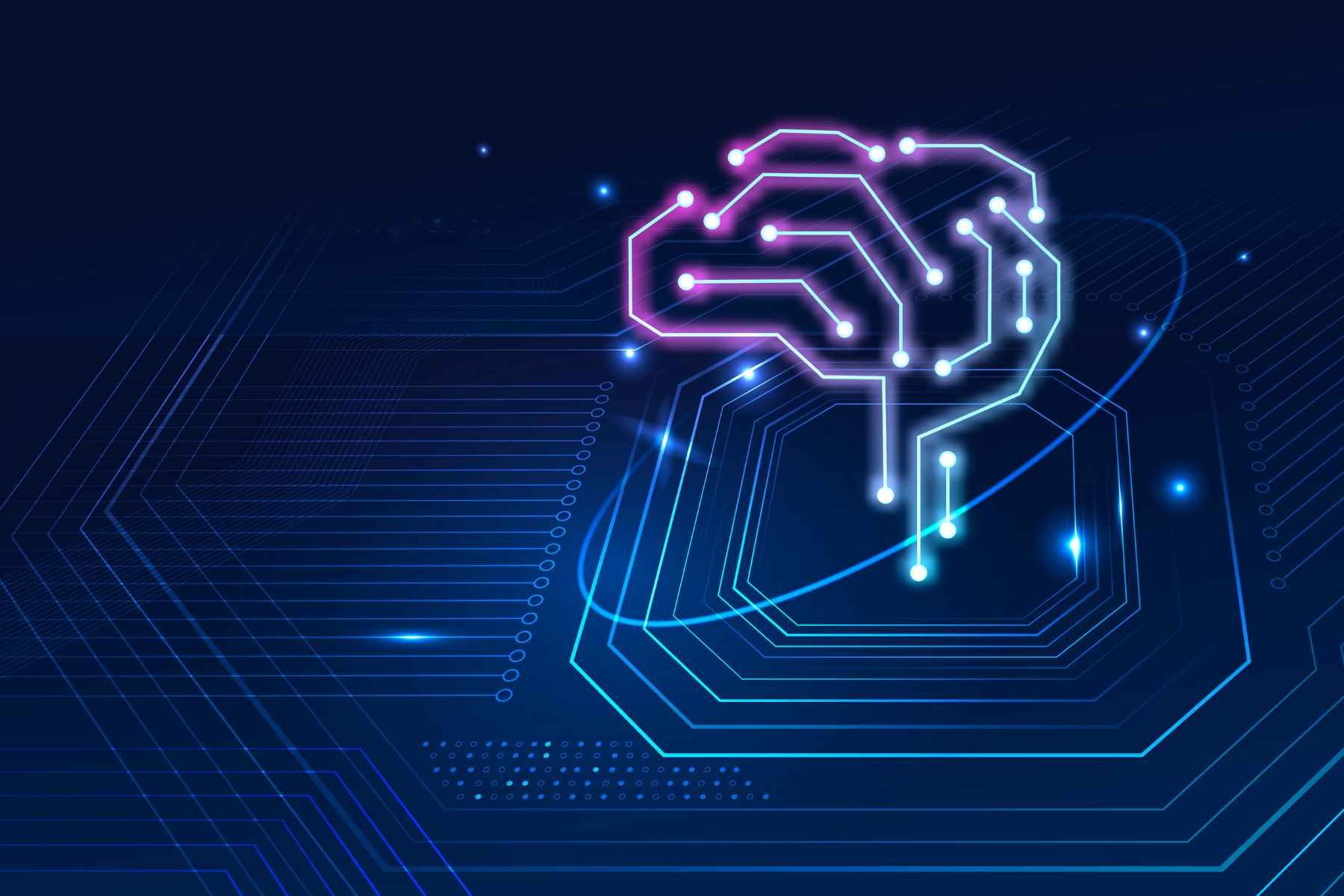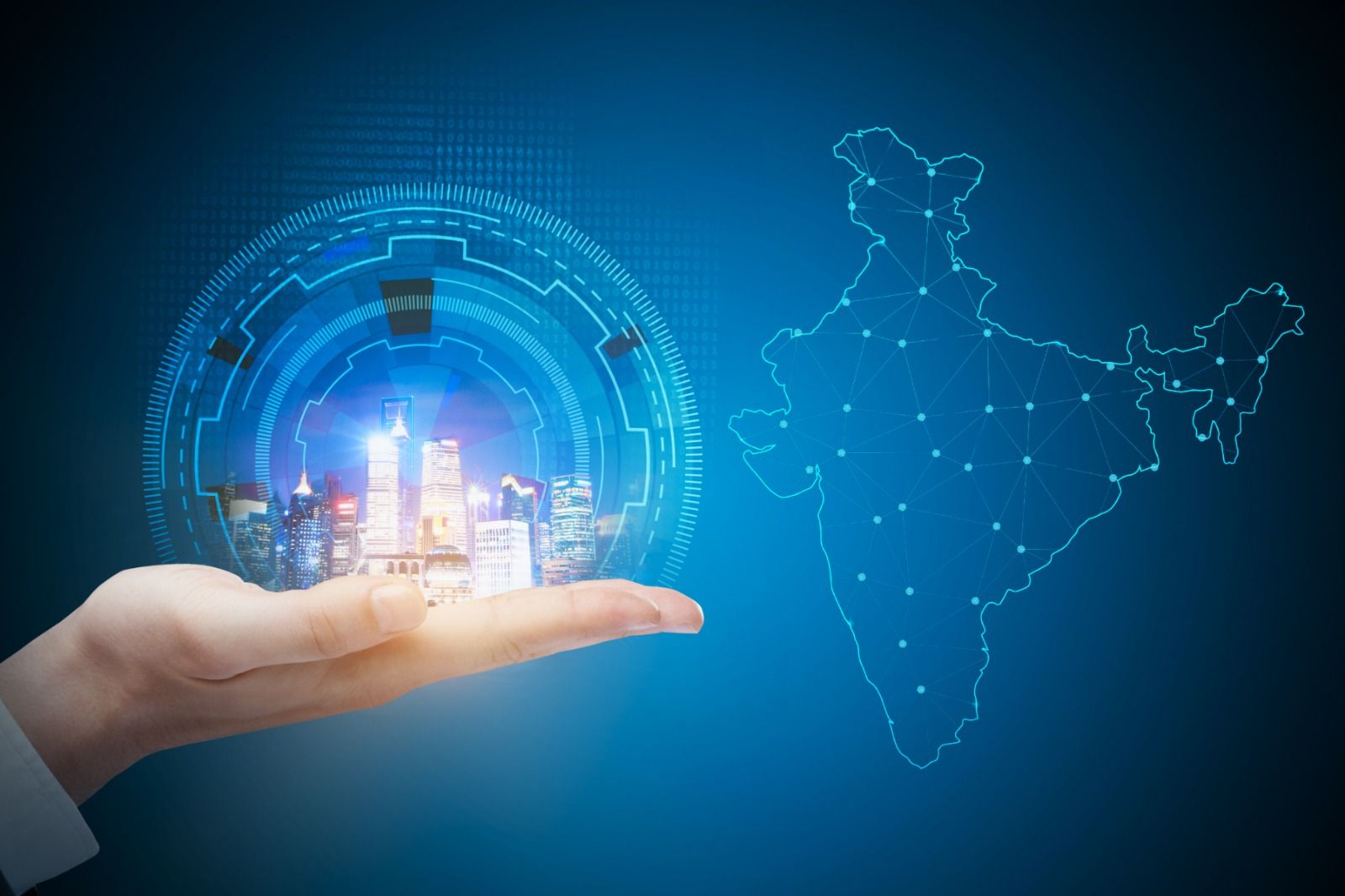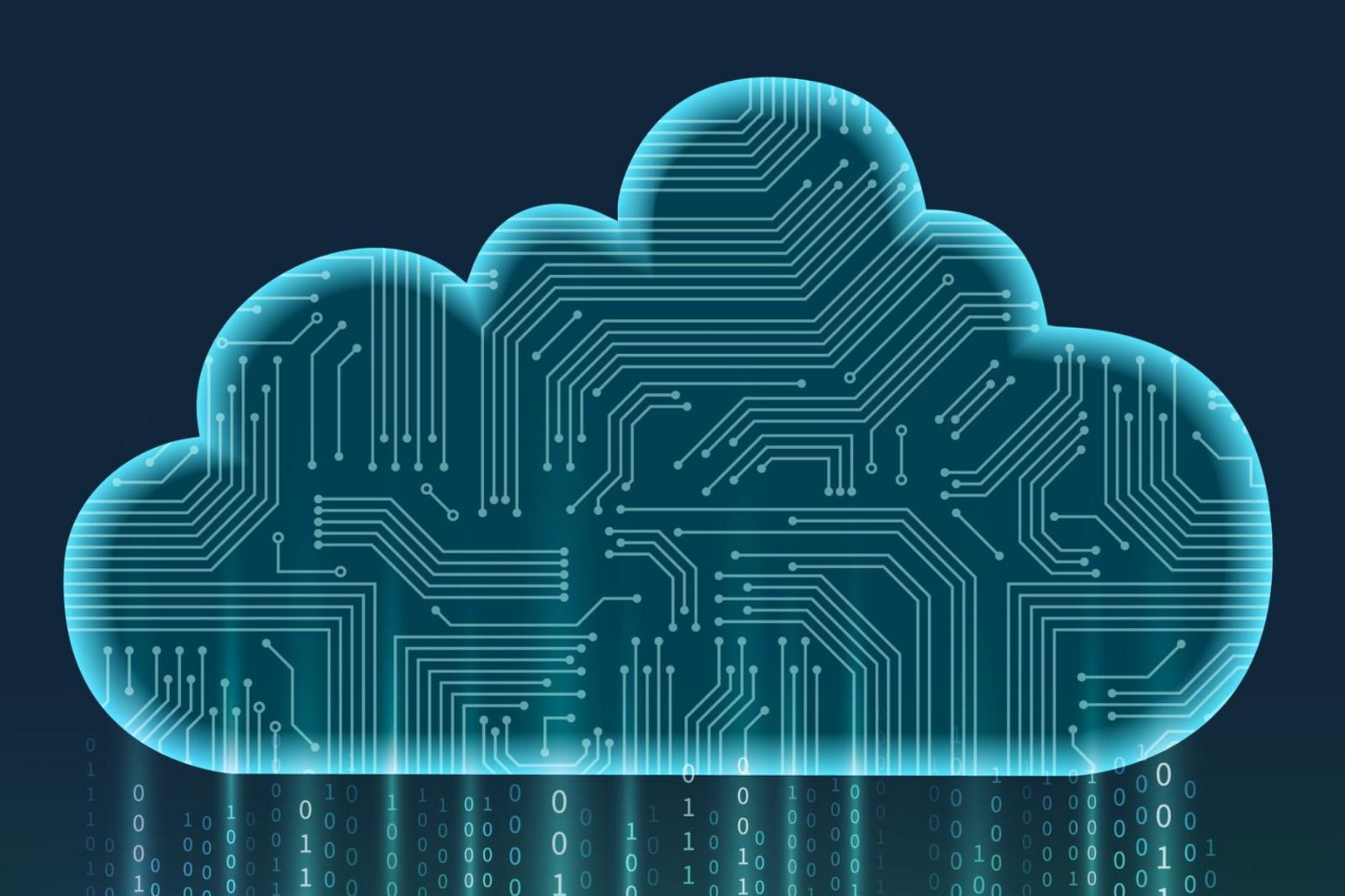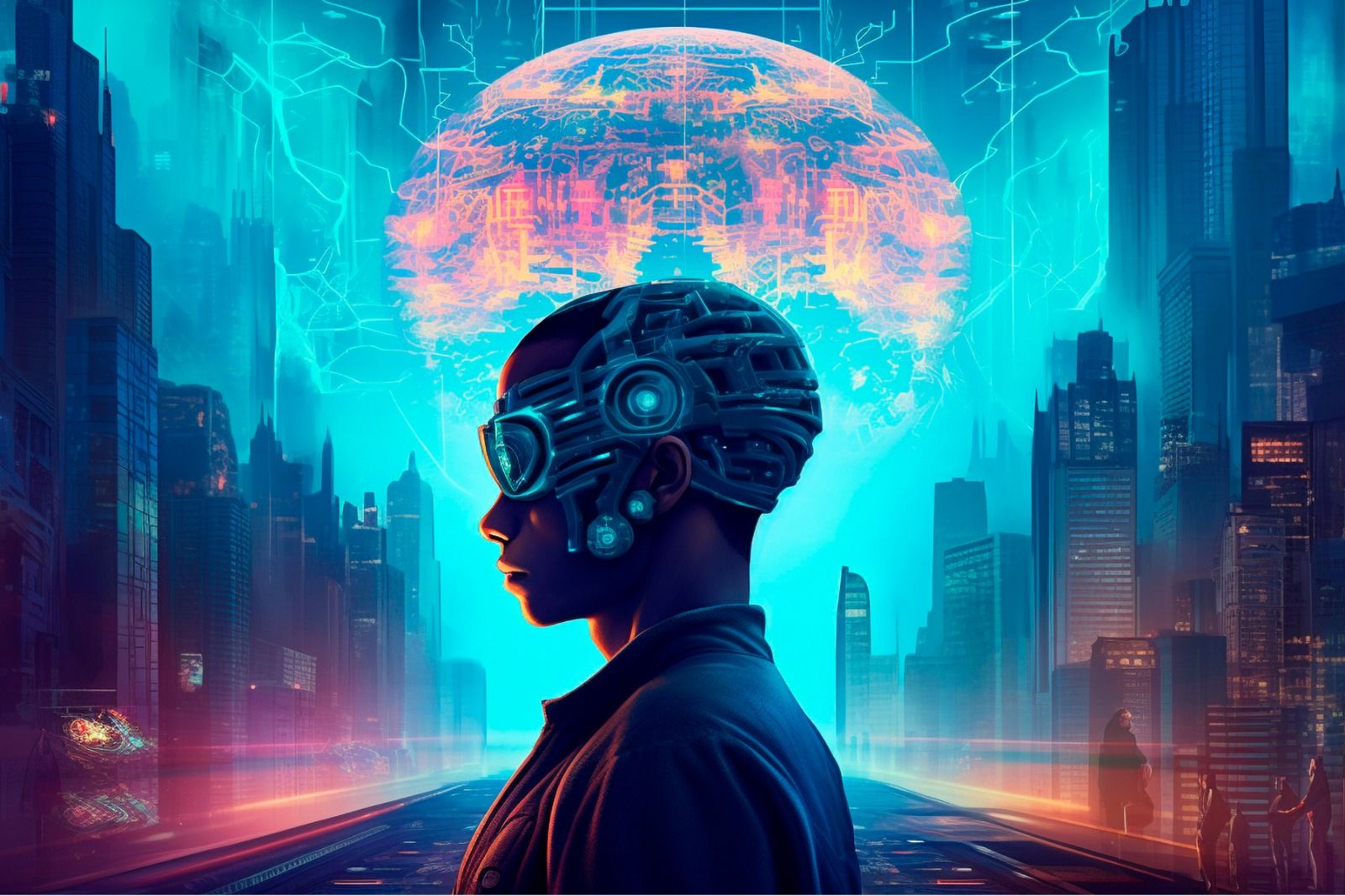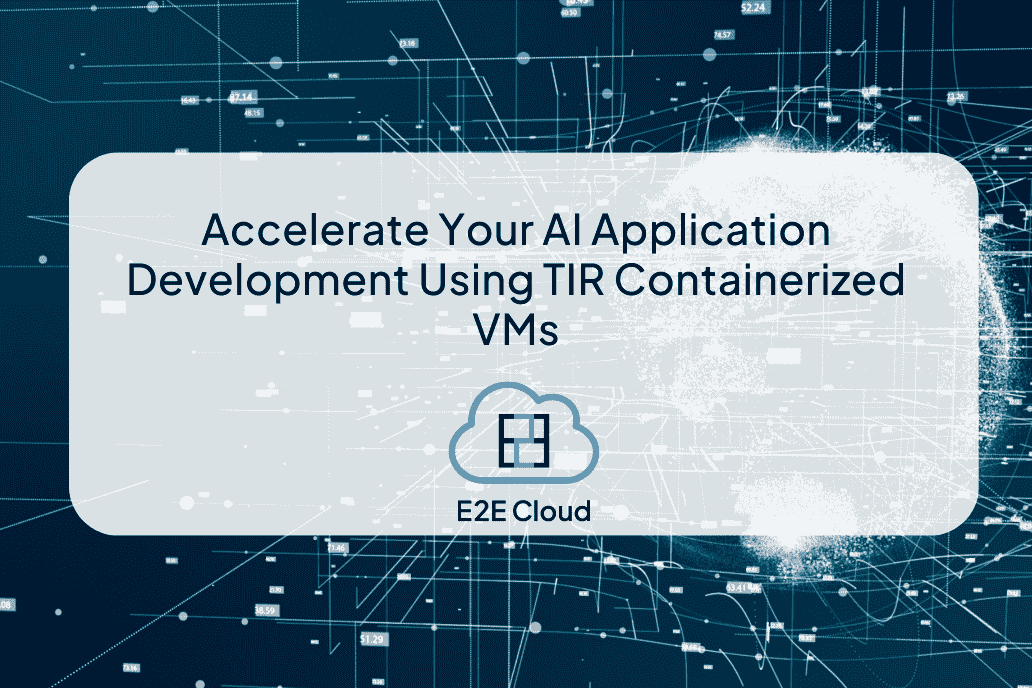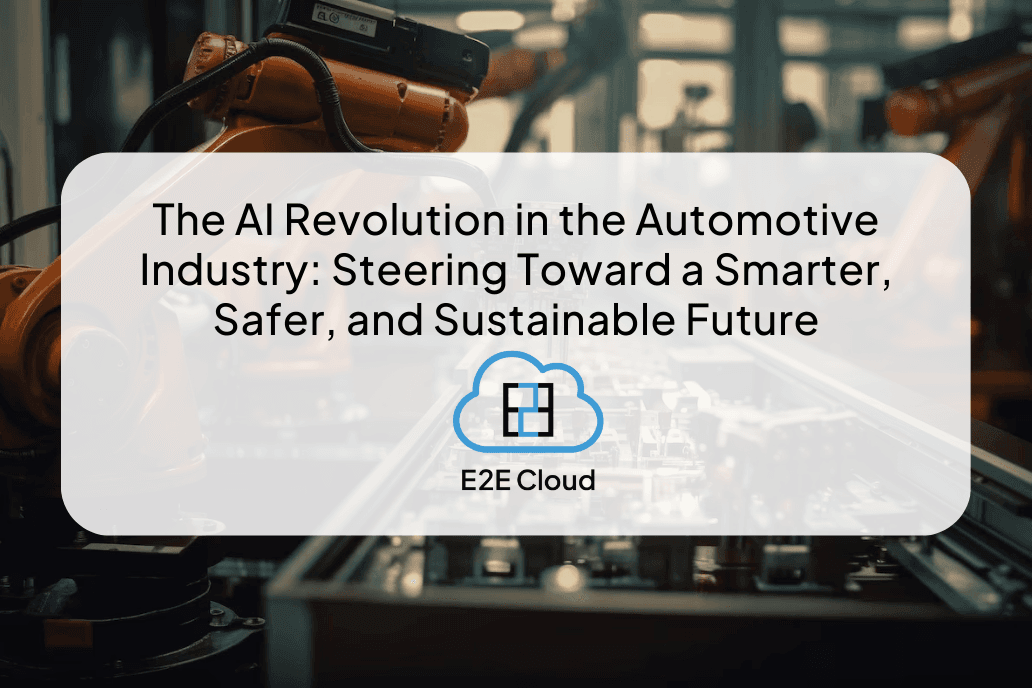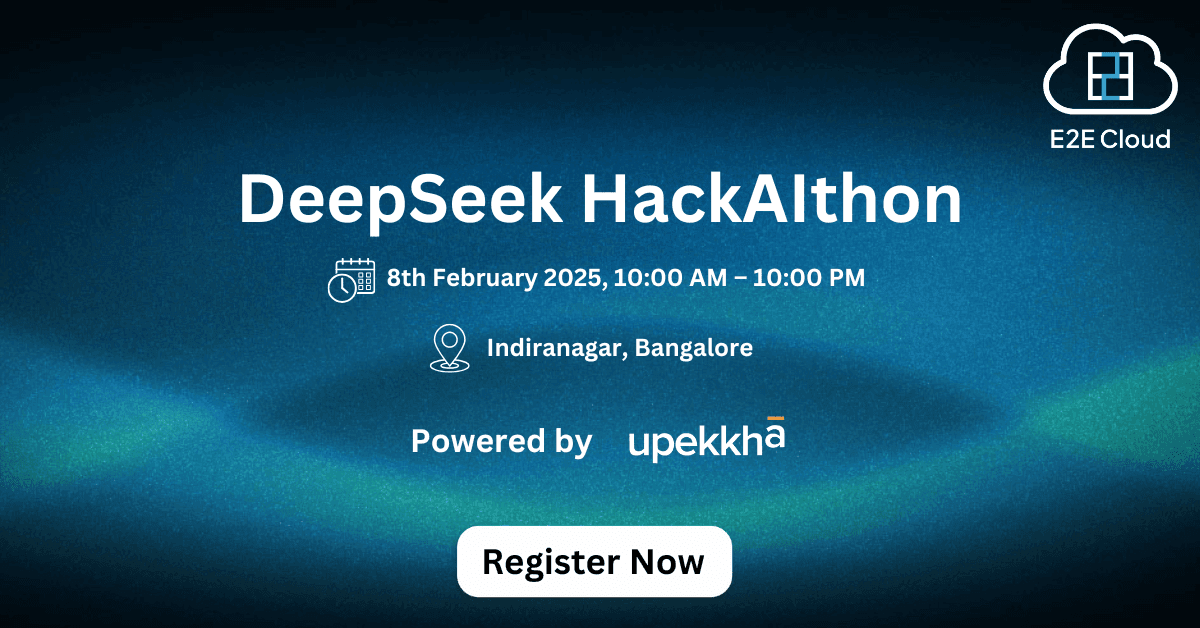In simple terms, Cloud Computing is defined as the process of providing software solutions or products to the customers through computing servers over the internet.
In this system, files do not get stored on any local devices. Files are stored on cloud-based storage services like a data center that Google Cloud, Microsoft Azure, and Amazon Web Services(AWS), E2E Cloud use to supply their solutions to their customers on an online basis. These storage devices have access to the internet. Thus, any device which gets connected to the internet can have access to the cloud data, speaking from the customer’s point of view. These cloud-based solutions mainly help to provide efficient and cost-effective services to the majority. Most of these cloud services are subscription-based solutions.
Some vital and eye-catching facts you didn’t know about Cloud Computing:
- 90% of companies worldwide have shifted to cloud-computing. source
- In 2021, 94% of the computational processes will be done on cloud servers.
- The global computing market will exceed 620 million dollars by 2023.
- Public cloud services account for almost 41% of the Cloud market share.
- An average developer uses around 36 cloud-based services regularly.
Cloud computing emphasizes the remote accessibility of data that it provides to the user. It means that the user is not required to be present in any particular place to get access to the data. The user should possess an active connection to the internet to acquire the data from anywhere in the world.
The most noteworthy feature of the cloud is that the maximum heavy computational tasks are completed by the more powerful and efficient servers and not by the less efficient and less powerful user devices.
From the user’s perspective, these cloud servers can be called virtual machines (VM) since these services provide shared CPU and GPU to process and compute user requests and data. For this reason, both the software development company and the user opt for cloud-based solutions to increase their overall business throughput. The approach towards cloud computing helps to deliver IT resources over the internet with much less cost and power consumption.
Benefits of Cloud Computing
The number of connected devices is increasing in an exponential order day-by-day. More users are being connected over the internet, and similar is the case for growing businesses too. Expected reports claim that by the end of 2020, 67% of industrial infrastructure will work on cloud systems. For such use cases, cloud Computing delivers the most effective solution for growth.
- Strategic production
A movement under a specific plan makes the journey more easily doable. Unlike some companies, a clear and clarified cloud strategy can work as a valuable practice. Establishing achievable goals, budget with a specific deadline makes it much more convenient. Hence, cutting unnecessary expenses comes from a much easier perspective. So, a preview of the goal can increase productivity up to quite a long extent.
- Reducing avoidable costs
With the involvement of cloud computing, the cost for maintenance and management of a software system reduces to quite an extent. This is because most of the resources are shared across many devices and are not bound to a single one of them. Energy consumption cost is reduced, and hardware/software upgrades are affordable.
- The best teacher is the last mistake
A good way to learn about running on the cloud can be the previous examples. The standalone approaches that have been taken before were much economical, as availability was abundant.
- Autonomous architecture
Implementing cloud architecture with a minimized impression of maintenance resources and development allows focusing on the core business more. The integration of applications requires professional development and understanding of underlying architecture.
- Concerns about security
Security becomes the primary concern when vast amounts of data are being exchanged globally among developers and users. Around 75% of executives in the industry claim this as the highest concerned issue in Cloud Infrastructure. When any user uploads any file or document in their cloud storage, they are always concerned about the security of the same. Cloud Computing uses real-time encryption of data that is being transmitted and received. With the advent of cloud computing, 94% of businesses claim to have increased security standards.
- Workload
Cloud architecture involves a rigorous procedure with an expensive economy. Hence, a slow start always seems appreciable. So, despite the lucrative framework, it is good to start with a single workload or single function.
- Performance
The most important benefits of Cloud Computing services are its performance and accessibility. You have to find out the required integration architecture to design the cloud system. You have to make sure the cloud computing service remains intact irrespective of server fault and other issues.

- Perspective of connectivity
Cloud Computing had been the source of services for almost everything in the web industry, including SaaS, PaaS, and 2.0 APIs (Google Docs, Twitter, and LinkedIn). According to some research news, the connectivity perspective is the way forward in various applications, databases, and Web 2.0 APIs.
E2E Networks Services
E2E networks is far better in terms of their performance, accessibility, and is a lot cheaper when it comes to the cost of it. Therefore, they have set a benchmark as far as low-cost cloud providing is concerned. They are creating a strong reputation from the end-users because of their scalability, affordability, trustworthiness, and improved and enhanced privacy features.
E2E networks avail very high-performance cloud infrastructure. Their GPU Cloud is appropriate for various applications including Computer Vision, AI, Scientific Research, Computational Finance, and Big Data. It has led E2E to become a World-Class Cloud Computing Service.
Wrapping Up
It is clear that cloud computing is the future, and will, without any uncertainty, remain the leader in nearly all expanse of technology. In this article, you get to know about the best possible practices of cloud computing in India. We have also discussed the benefits of the cloud computing service.
For more information or Register for a free trial- For more information or Register for a free trial- https://bit.ly/2LI5NZf

